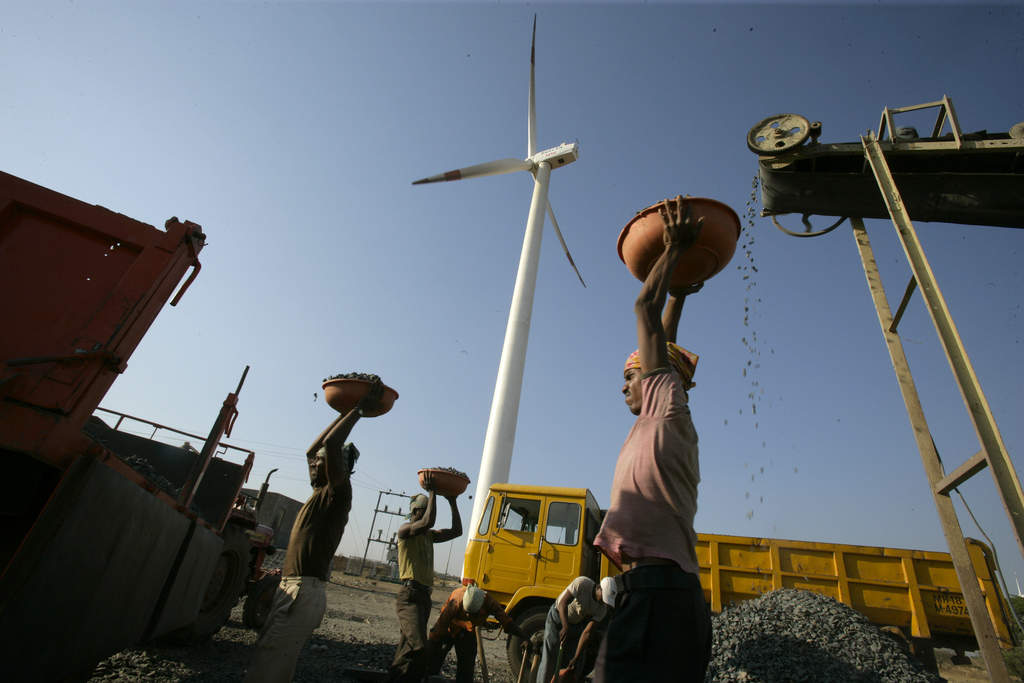India’s effort at accelerating green energy capacity through the auction mechanism suffered a major setback as the bidders shunned the auction for 1,200 megawatt (MW) “hybrid” projects. This is the second renewable auction to have failed in a month. This made the state-run Solar Energy Corporation of India (SECI) extend the deadline for the fifth time. The tender for hybrid projects, which encompass both wind and solar units at the same site, has now been extended until November 14, 2018. In spite of SECI reducing the tender capacity to half of the previously announced capacity, investors kept away on account of policies associated with it.
Figure 1: Policies impacting renewable energy auctions, India

Source: GlobalData
Policies like capping of tariffs in competitive bidding will make investments unviable. SECI has set the tariff ceiling for hybrid projects at INR2.60 ($0.035) per unit. Developers say that the tariff should be determined by the competition, wind density, and solar irradiance for a given project. For a recent SECI bid for wind projects the tariff was discovered to be INR2.76 ($0.038) per unit. This tariff was discovered because the promoters were forced to bid with Category B or lower quality land since there was no land available under the Category A wind density. Since the same rule applies for hybrid projects, the tariff ceiling is therefore unviable.
The safeguard duty (SGD) of 25% imposed by the government on imports of solar components from China is making investors do away with solar tenders announced by government bodies. The decision to pass the impact of SGD on to consumers while setting a tariff ceiling is also making investors channel their investments in a different direction rather than investing in solar auctions. India is currently dependent on 85% of imports of solar products from China. So, with the implementation of SGD, the developers find it difficult to go ahead and construct the project.
In May 2018, SECI tendered 5 gigawatts (GW) of manufacturing capacity to be set up in India. This capacity was to be linked to the interstate transmission system (ISTS)-connected solar PV projects for an aggregate capacity of 10GW. Subsequently, the manufacturing capacity was reduced to 3GW. It was mandated for the developers that they could bid for a minimum 2,000MW of power purchase agreements (PPAs) following which 600MW of solar manufacturing capacity must be set up by them. This tender forced the developers to enter into manufacturing, a business which is definitely not their core competence. SECI set a tariff ceiling of INR2.75 ($0.037) per unit for the projects which wanted to participate in the auction.

US Tariffs are shifting - will you react or anticipate?
Don’t let policy changes catch you off guard. Stay proactive with real-time data and expert analysis.
By GlobalDataThe government has offered a power offtake commitment of two years. Project developers on the other hand feel that the commitment should be at least five years so that there is a continuous flow of income.
SECI has been reducing the overall tender size and extending deadlines over recent renewable energy auctions. It had to annul the entire tender capacity for some of them.
Table 1: SECI and NTPC recent bid auction status in India
NTPC-recent-bid-auction-status-in-India-900×280.jpg” alt=”” width=”900″ height=”280″ />
Source: Solar Energy Corporation of India (SECI), GlobalData
The failure of the auction for hybrid projects is because of related policies which are keeping investors at bay. The aggregate capacity to have been annulled to date is over 10.8GW. Until the government refrains from making any policy changes, developers will not be attracted toward auctions, which could be a blow to the target of installing 175GW of renewable energy by 2022.




